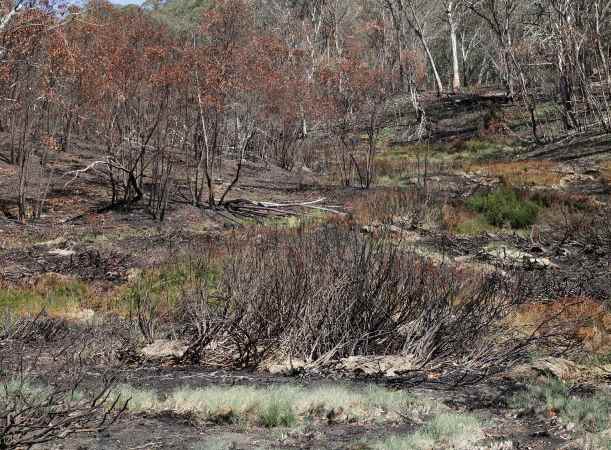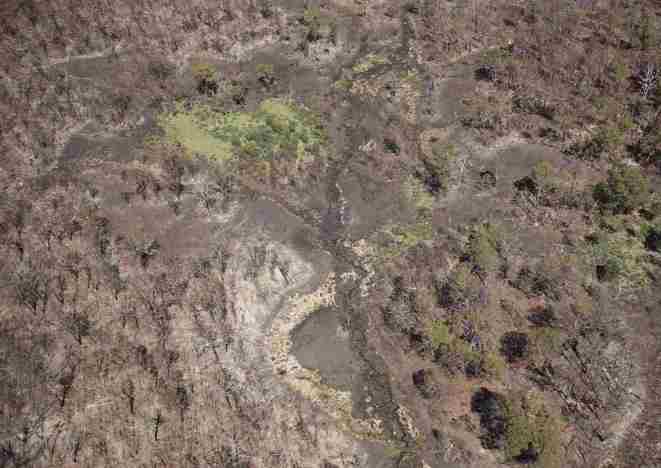Alpine Sphagnum bogs are threatened ecological communities that provide significant benefits to the natural environment, contributing to plant and animal diversity, carbon storage, and the provision of high-quality water to downstream users and ecological processes. However, alpine bogs are sensitive to fire, and take many decades to recover if severely burnt. ARI recently completed an assessment of alpine bogs in eastern Victoria to determine the broad impacts of the 2019-20 bushfires and identify major risks to the bogs in the immediate post-fire period.
A total of 537 ha of alpine bog was impacted to some extent by fire, representing around 20% of the area of bogs in north-eastern Victoria. Some bogs were burnt severely, and some have now been burnt twice or more in recent decades, and they will require long periods without disturbance if they are to return to pre-fire condition and extent. The assessment identified feral horses, deer, pigs, cattle, and willows as presenting the greatest risks to bogs (and other alpine ecosystems) in the immediate post-fire period. Without urgent management action to address these pervasive threats, many burnt bogs are likely to contract in size or disappear entirely.


In the longer term, the threats posed by wide-ranging hoofed animals and environmental weeds across the alpine region will be exacerbated by the impacts of climate change, hence alpine bogs must be buffered against known threats to maximise the chances that some of this important vegetation community can persist in an uncertain future.
This project was funded through the Victorian Government’s Bushfire Biodiversity Response and Recovery program (Phase 1). Photos of burnt alpine areas by Parks Victoria.
For more information contact: michele.kohout@delwp.vic.gov.au
The following report contains more detail on this study:
- Tolsma, A. (2020). Bushfire Biodiversity Response and Recovery Program: Post-fire assessment of Alpine Bogs. (PDF, 2.8 MB) Published Client report for DELWP. Arthur Rylah Institute for Environmental Research, Department of Environment, Land, Water and Planning, Heidelberg, Victoria. (Accessible version (DOCX, 5.7 MB))
Page last updated: 10/11/22